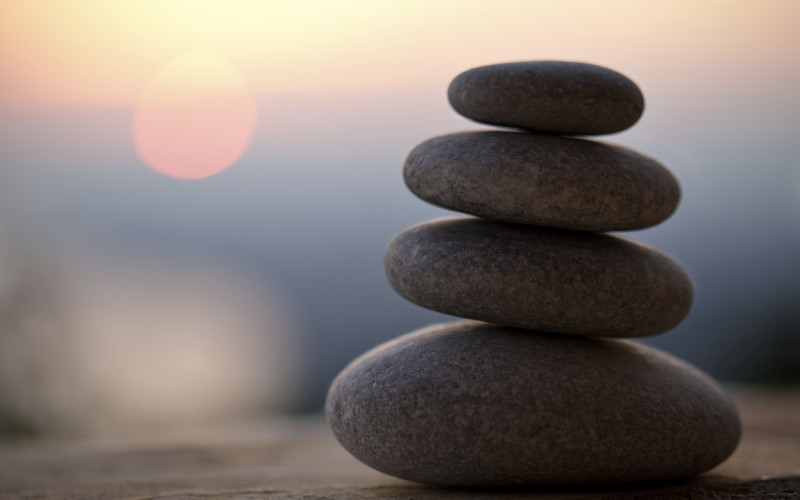The practice of mindful living

I spent a recent weekend on a silent meditation retreat. When I mentioned it to people, I’d sometimes get reactions like, “Oh, that sounds so relaxing,” or “I should do something like that to get away from it all.”
Relaxing? Getting away from it all? Neither one of those would really be how I’d describe that 48-hour experience with mindfulness meditation practice, but I knew up front that I wasn’t going for a spa weekend. On the plus side, I came away from it with interesting insights that I wouldn’t have achieved with a massage or manicure, not to mention the calm that results from a brief holiday from the intrusions of the phone, TV, radio, and myriad other sources of information and stimulation.
I’ve been noticing lately that the concept of mindfulness is working its way into our culture in a much more mainstream way. But what are we referring to when we talk about mindfulness, whether we’re discussing it in the context of meditation practice or applying it to daily life with mindful eating, mindful communication or mindfulness-based stress management (MBSR)?
Mindfulness is often defined as paying attention in a particular way, on purpose and without judgment. Simply stated, it’s about keeping our attention on whatever is going on in the present moment. You might think that you do that all the time, but is that really the case?
How often do we find ourselves with divided attention? We’ve become champion multi-taskers (or at least we think we have), but research actually indicates that multitasking decreases efficiency and productivity, not to mention safety. When I see the car ahead of me drifting into the next lane, I feel fairly certain that I’ll see that driver talking or texting on a cell phone. Their attention is being shared with that phone interaction, so they are no longer driving with sufficient awareness. If I’m talking to a friend on the phone and I hear the clacking of their computer keyboard in the background as they simultaneously answer email, I know that I don’t have their full attention. Our high-tech culture is in some ways contributing to decreased levels of awareness as our various devices compete for our attention.
The act of meditation is often referred to as practice, and I think that’s a very apt description of what we’re doing. Over and over, I am practicing keeping my attention focused on some sort of anchor in the present moment. That might be my own breathing, or I might do a practice that involves walking or listening to sounds. Whatever I choose, I know that my attention is going to be distracted by my own thoughts and pre-occupations of the moment. It may take less than a minute for my mind to start wandering off to some future plans, and it’s only in the moment that I notice that wandering that I’ve come back into the present moment. Just as an elite athlete doesn’t stop practicing once they’ve reached the top of their sport, neither should we stop practicing to strengthen our awareness of staying in the present.
But why even bother with all of this? Well, there are plenty of potential benefits. Some of them are physical, as the improved stress management skills fostered by mindfulness practice operate through the physiology of the mind-body connection, potentially reflected in positive changes such as decreased blood pressure. Some of them are mental or emotional, as we become more attuned to our own thoughts and feelings. And some of them are social, as we make more thoughtful choices in our relationships with friends and family.
There are many resources out there to help us learn the practice of mindfulness. We can join a local MBSR class or even take one online. We can do reading and use CD’s to guide our learning. But in the end, it’s all about the practice: developing that “muscle memory” that keeps us tuned in to where we are in this moment, and the next, and the next. You don’t have to sit in the lotus position and you don’t have to chant. Just start with what feels right for you and remember the old joke about how one gets to Carnegie Hall. Practice, practice, practice.